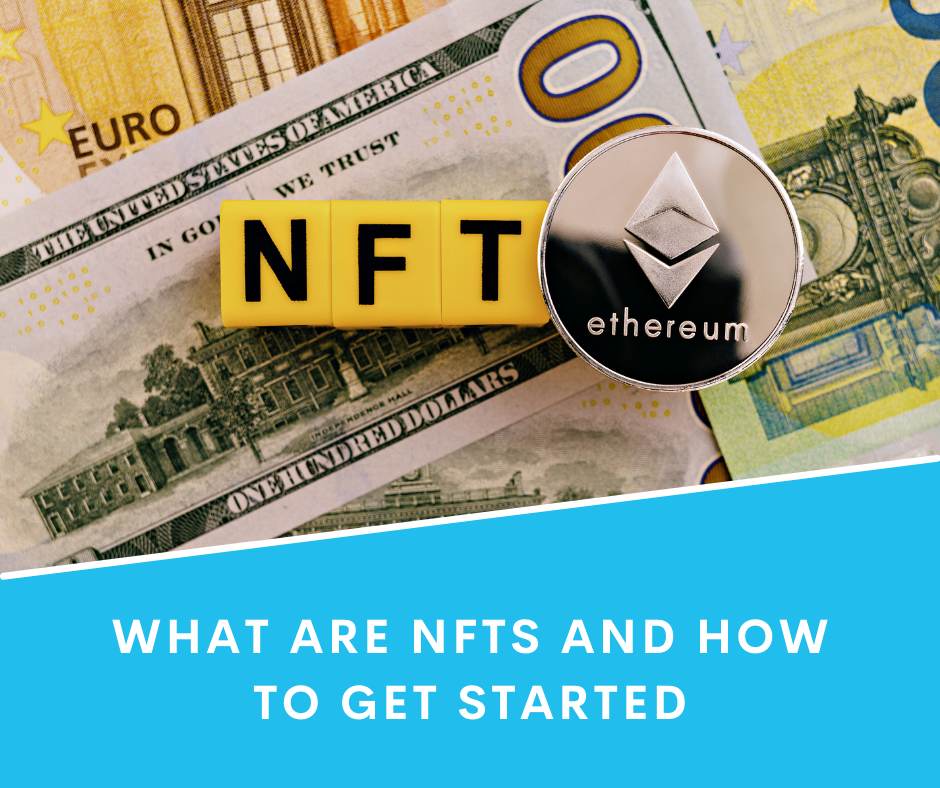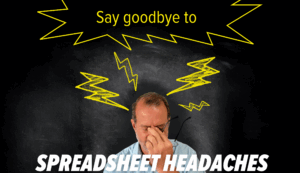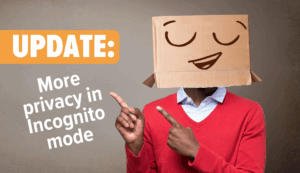
NFTs (Non-fungible tokens) seem to be everywhere lately. Like many, you may be hearing about them yet confused about what they are. Experts appear to be split on NFTs as well, some say the bubble is ripe to pop soon, while others predict NFTs to be the future of investing.
Let’s take a deeper look.
What are NFTs?
An NFT is a digital asset that represents something in the real-world such as video clips, in-game items, real estate, art, and more. You buy and sell NFTs online, often using cryptocurrencies. Cryptocurrencies use blockchain as their underlying software, and NFTs are encoded with blockchain as well.
How do NFTs have value? We’re glad you asked! NFTs are often one-of-a-kind, or of a very limited run. This allows the NFT to create a digital scarcity in a world where digital creations typically have an unlimited supply. Owning the NFT allows the collector to own the original item. The NFT software provides built-in authentication of the NFT, which serves as proof of ownership.
How do NFTs work?
First, we need to look at what a blockchain is to understand how NFTs work.
From Euromoney, a blockchain is defined as “A blockchain is essentially a digital ledger of transactions that is duplicated and distributed across the entire network of computer systems on the blockchain. Each block in the chain contains several transactions, and every time a new transaction occurs on the blockchain, a record of that transaction is added to every participant’s ledger. The decentralized database managed by multiple participants is known as Distributed Ledger Technology (DLT).
Blockchain is a type of DLT in which transactions are recorded with an immutable cryptographic signature called a hash.”
Next, an NFT is created, or ‘minted” from a digital object that represents both tangible and intangible items. These items include but are not limited to:
- Real estate
- GIFs
- Art
- Collectibles
- Virtual avatars and video game skins
- Designer footwear
- Music
- Videos and sports highlights
NFTs were already creating a lot of buzz when Twitter co-founder Jack Dorsey turned his first tweet into an NFT, which sold for over $2.9 million.
An NFT is virtually like owning a physical collectible, only in digital format though. If you were to buy an NFT for a famous piece of art, instead of getting the tangible piece of art to display somewhere, you get a digital file.
Along with that digital file comes exclusive ownership right. Using blockchain, it is simple to verify ownership and transfer tokens between owners. The owner or creator of the NFT may also store specific data inside the NFT itself. Let’s take art for example again. On a physical piece of art, it is common to find the artist’s signature. Likewise, an NFT of a piece of art may content the artist’s signature in the metadata.
How to buy NFTs
NFTs are risky. We mentioned at the beginning of this article that experts are split on NFTs, meaning that the future of NFTs is uncertain. However, if you want to buy NFTs, here’s how you start.
First, you will need a digital wallet that allows you to store your cryptocurrencies and NFTs. Once you have your digital wallet in place, you will need to acquire some cryptocurrency to fill your digital wallet with and buy NFTs. Some platforms let you buy cryptocurrency using a credit card, such as Kraken, Coinbase, eToro, and more. Be sure to research fees when considering which platform to use; most exchanges charge you a percentage of each transaction.
Now that your digital wallet is loaded with crypto and ready to go, find any NFT site that you like to shop for NFTs; there are many. Some of the most popular NFT marketplaces are:
- OpenSea.io is a peer-to-peer platform for rare digital items and collectibles and the most established of the NFT marketplaces.
- Rariable is designed to sell both single pieces of art and collections.
- SuperRare is an art-first marketplace.
- Nifty Gateway specializes in eye-catching and expensive NFTs.
Do you own any NFTs? Share your experience with us in the comments.


